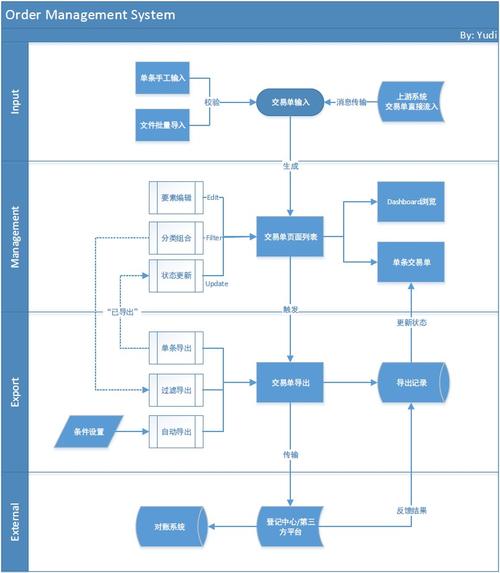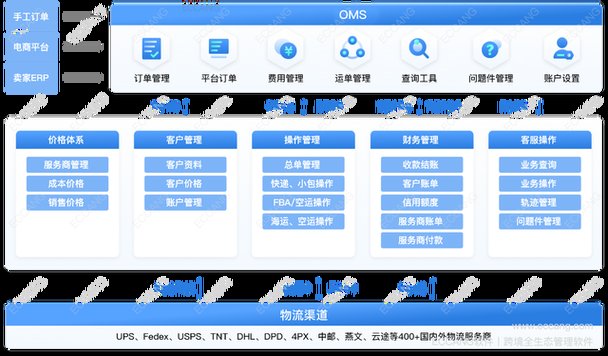Understanding the OMS Management System: A Comprehensive Guide
As the digital era continues to evolve, businesses are increasingly relying on sophisticated management systems to streamline their operations. One such system that has gained significant traction is the Order Management System (OMS). In this detailed guide, we will explore the various dimensions of an OMS, its benefits, components, and how it can revolutionize your business processes.
What is an OMS?
An Order Management System (OMS) is a software solution designed to manage the entire order lifecycle, from order intake to fulfillment and beyond. It serves as a centralized hub for all order-related activities, ensuring that every aspect of the order process is efficiently managed and tracked.

Key Components of an OMS
Understanding the key components of an OMS is crucial in comprehending its functionality. Here are some of the essential elements:
-
Order Processing: This component handles the intake, validation, and processing of orders. It ensures that all orders are accurately recorded and routed to the appropriate department.
-
Inventory Management: An OMS integrates with inventory systems to track stock levels, manage product availability, and prevent stockouts.
-
Customer Relationship Management (CRM): By integrating with CRM systems, an OMS can provide valuable insights into customer preferences and behaviors, enabling personalized service and targeted marketing.

-
Shipping and Logistics: This component manages the shipping process, including carrier selection, tracking, and delivery confirmation.
-
Payment Processing: An OMS can integrate with payment gateways to facilitate secure and efficient payment transactions.
-
Analytics and Reporting: An OMS provides valuable data and insights through analytics and reporting tools, enabling businesses to make informed decisions.
Benefits of Implementing an OMS
Implementing an OMS can bring numerous benefits to your business. Here are some of the key advantages:
-
Improved Efficiency: An OMS automates many manual processes, reducing the time and effort required to manage orders.
-
Enhanced Customer Satisfaction: By providing accurate order tracking, timely updates, and personalized service, an OMS can help improve customer satisfaction.
-
Increased Sales: An OMS can help identify cross-selling and upselling opportunities, leading to increased sales.
-
Reduced Costs: By automating processes and minimizing errors, an OMS can help reduce operational costs.
-
Scalability: An OMS can easily adapt to the changing needs of your business, ensuring that it remains effective as your company grows.
Choosing the Right OMS for Your Business
Selecting the right OMS for your business is crucial to ensure that it meets your specific needs. Here are some factors to consider when choosing an OMS:
-
Industry-Specific Features: Look for an OMS that offers features tailored to your industry, such as specific shipping requirements or regulatory compliance.
-
Scalability: Ensure that the OMS can grow with your business, accommodating increased order volumes and additional channels.
-
Integration Capabilities: Choose an OMS that can integrate with your existing systems, such as CRM, ERP, and accounting software.
-
Customization: Look for an OMS that allows you to customize workflows and processes to fit your unique business needs.
-
Support and Training: Ensure that the vendor provides comprehensive support and training to help you get the most out of the OMS.
Implementing an OMS: Best Practices
Implementing an OMS can be a complex process, but following these best practices can help ensure a successful deployment:
-
Define Your Objectives: Clearly define your goals for implementing an OMS, such as improving efficiency, reducing costs, or enhancing customer satisfaction.
-
Involve Key Stakeholders: Engage with all relevant stakeholders, including IT, sales, customer service, and logistics teams, to ensure that their needs and concerns are addressed.
-
Plan Your Implementation: Develop a detailed implementation plan, including timelines, resource allocation, and training schedules.
- <

